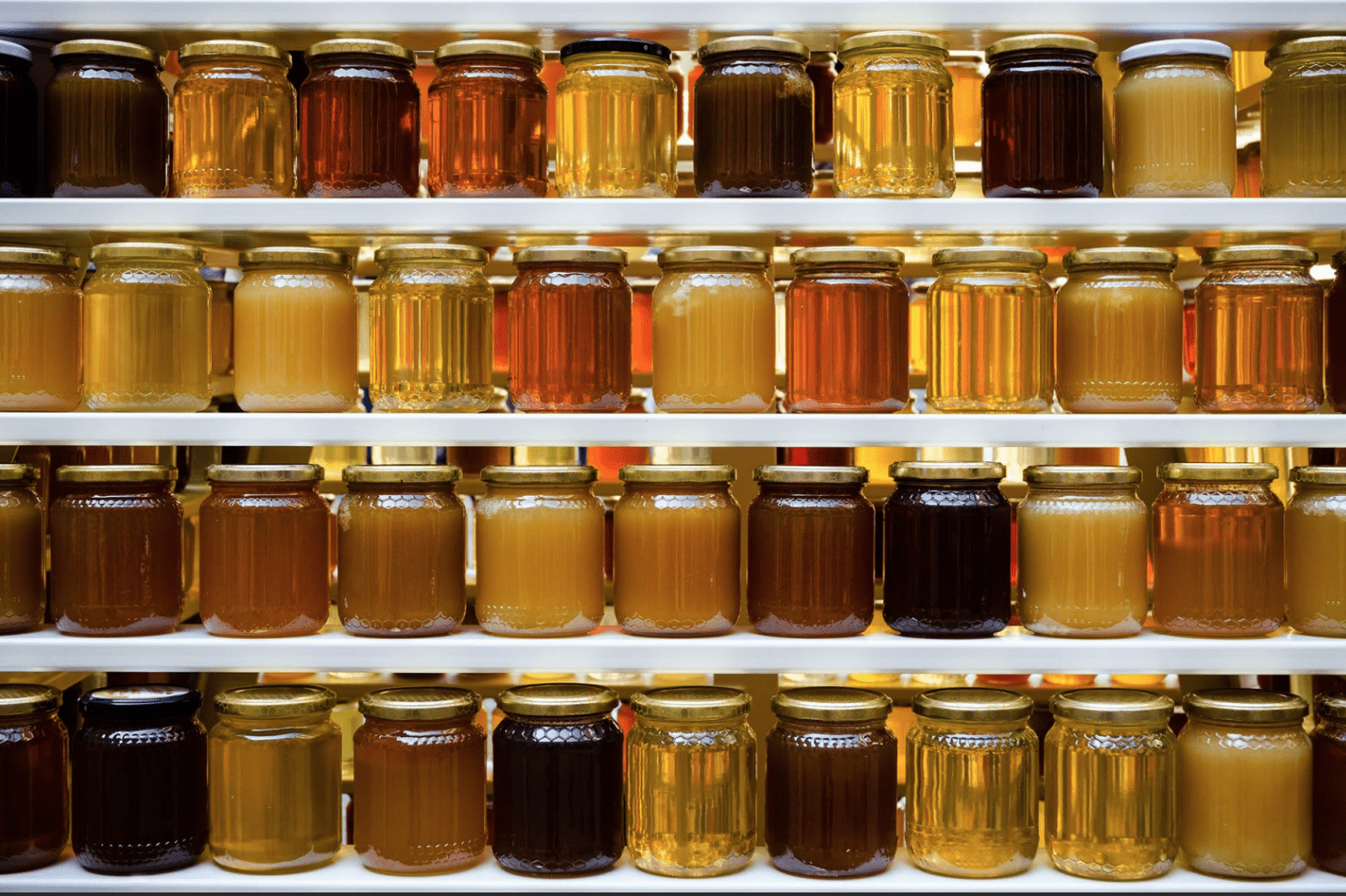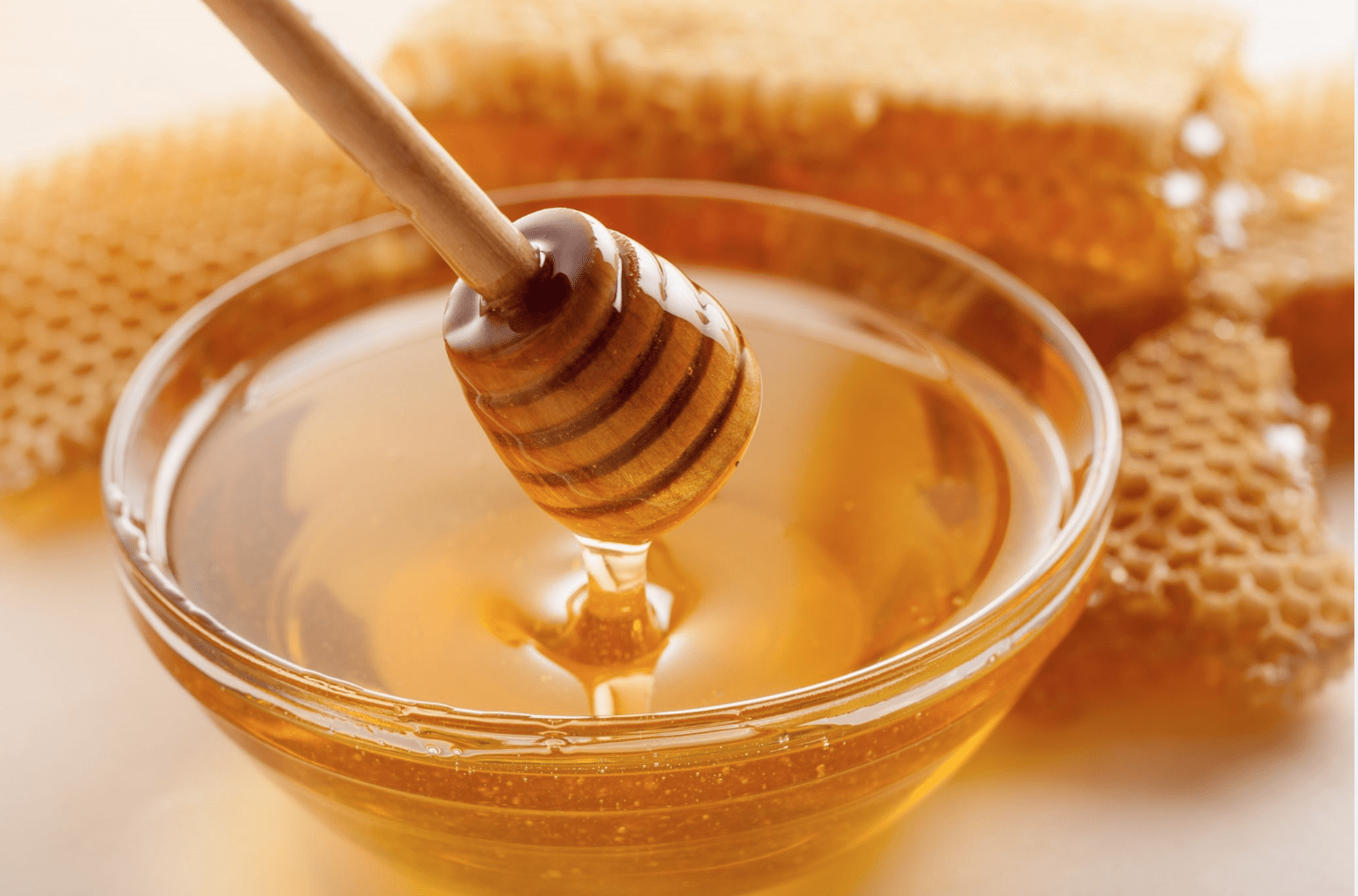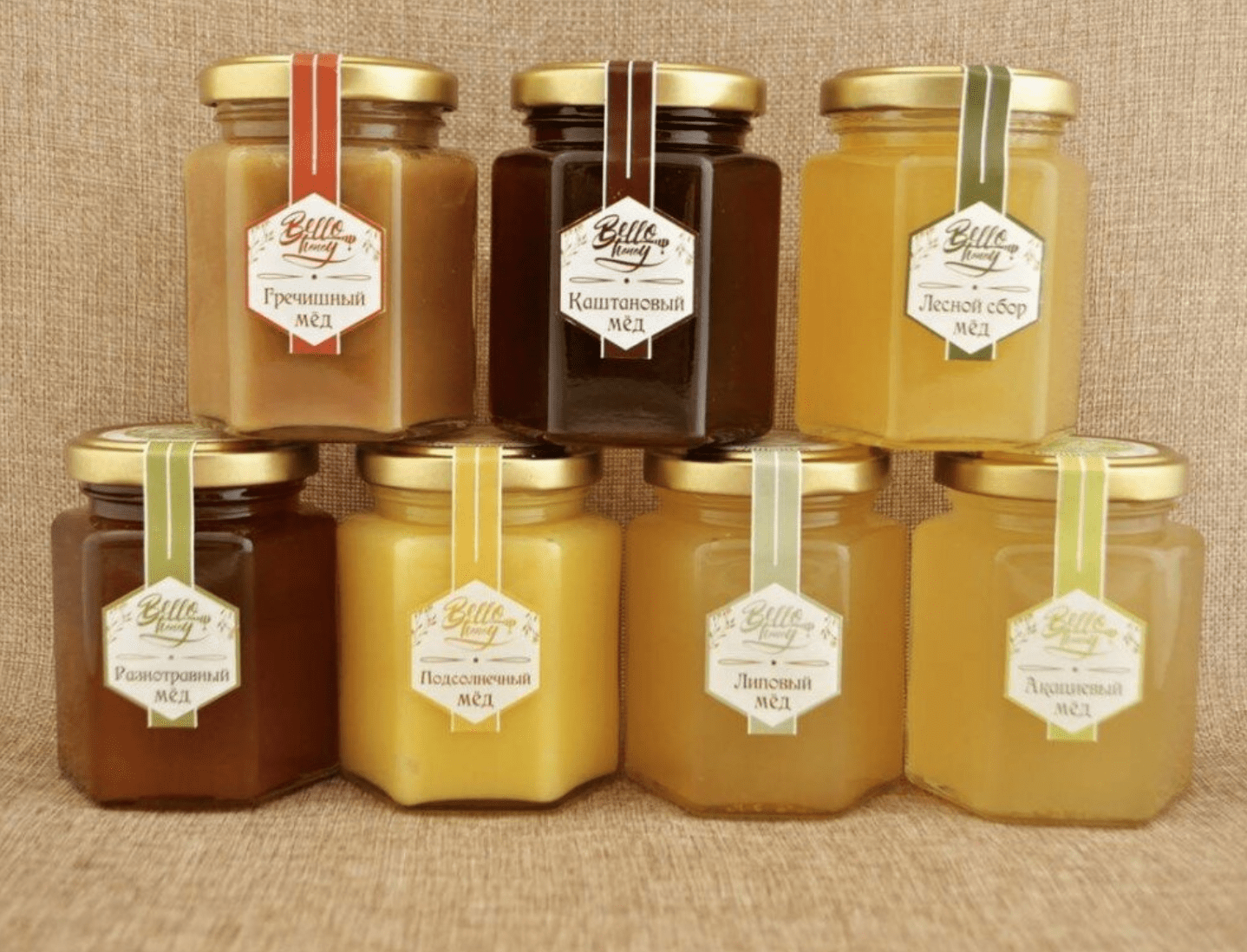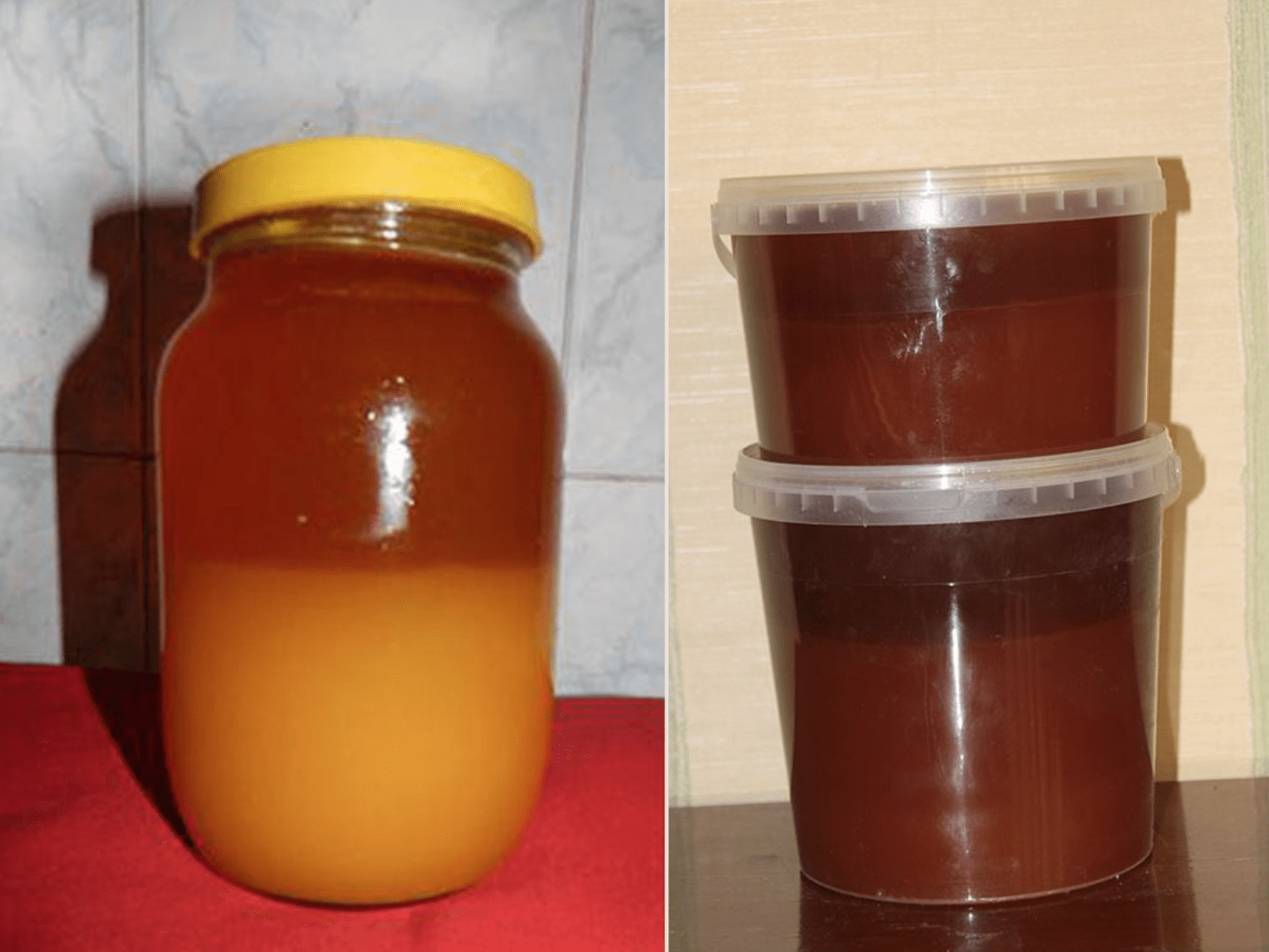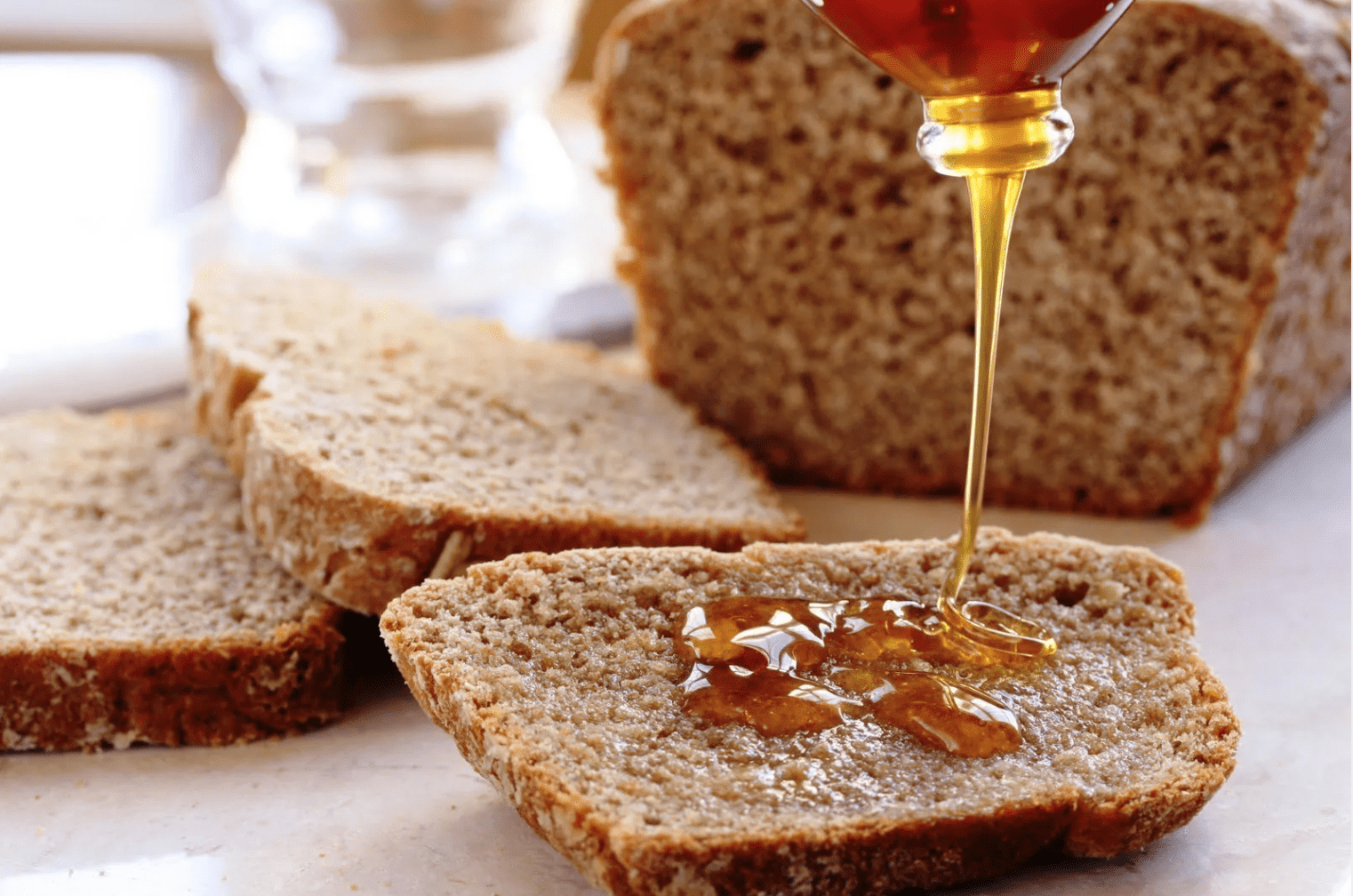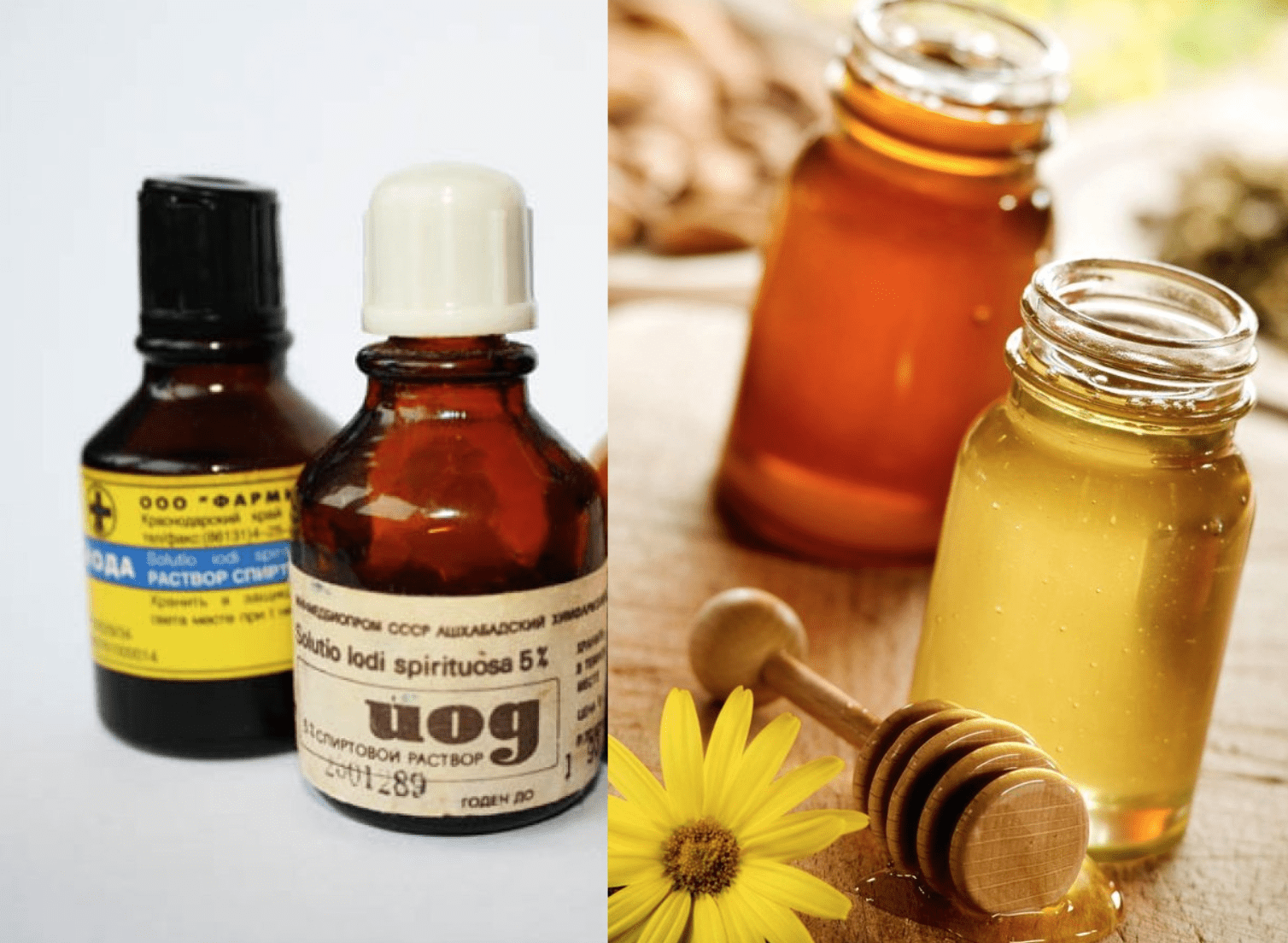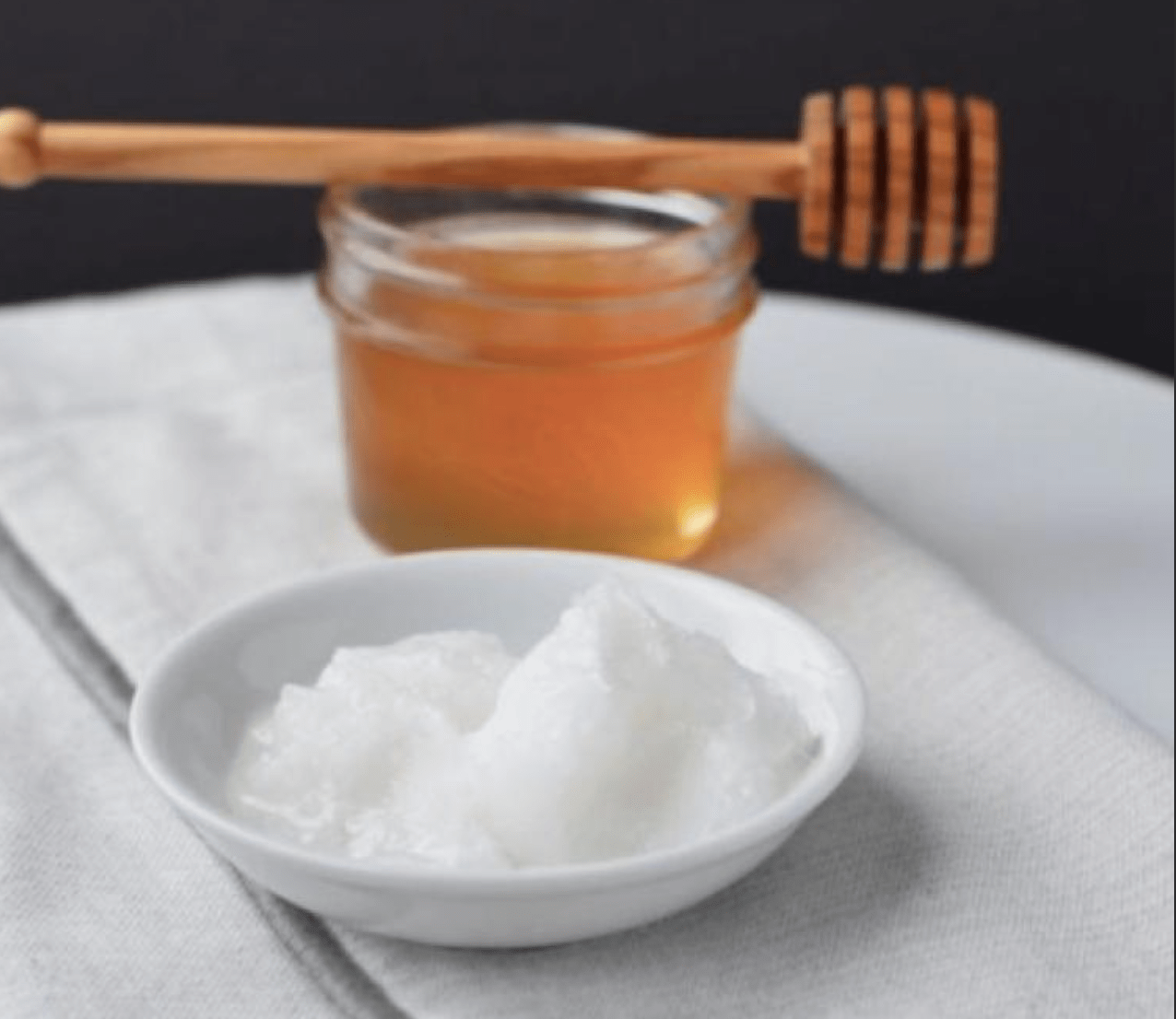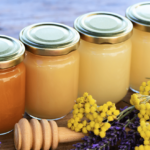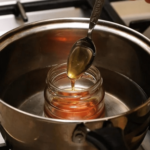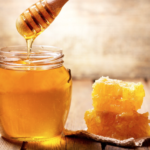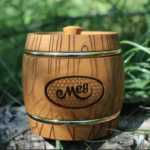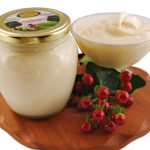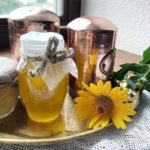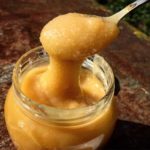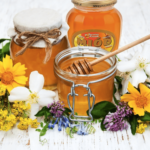Honey is a unique product that contains many valuable components. It helps cope with diseases and keep the body healthy. Today there are a large number of varieties of this product, each of which has different healing properties. It is important to choose the right quality product. However, not everyone knows how to test honey for naturalness at home.
Criteria for quality honey
The natural product has a number of features. You definitely need to know them in order to choose a quality product.
Appearance
Before purchasing a particular variety of bee nectar, it is important to familiarize yourself with its characteristics. Thus, the buckwheat product has a brown tint, the linden product has an amber tint, and the flower product has a golden yellow tint.
An unnaturally white product should raise suspicion. This color indicates that the bees were fed with sugar syrup. Therefore, it is difficult to call this honey useful. In addition, it is harmful to people with high blood sugar levels. According to standards, natural honey should be light yellow, colorless, yellow or darker.
Consistency and viscosity
You can evaluate the naturalness of honey by the degree of viscosity. It can be liquid, medium or dense - it depends on the level of maturity of the product. In any case, when you scoop up fresh nectar with a spoon, it should spread in different directions.
Each variety has a different texture. Experts identify the following groups:
- very liquid – this category includes clover and acacia products;
- liquid - these include buckwheat, rapeseed, linden honey;
- thick - this group includes dandelion and sainfoin;
- sticky – the honeydew variety is considered a representative of this variety;
- gelatinous - this group includes heather product.
The slower the mass flows in the jar, the less water it contains. This indicates that the composition will not ferment. It is also important to ensure that there is no white foam on the surface and no light veins in the structure.
It is worth considering that the natural product has a transparent consistency before crystallization begins.If crystallized honey is sold in the summer, you need to look for a viscous liquid substance, since in this case we are talking about last year’s product. In this bee product, crystals form already at a temperature of +30 degrees. This is not enough for a surrogate.
Taste qualities
If the mass is greatly diluted with water or pumped out prematurely, it begins to ferment and will taste sour. In this case, foam often appears on top. A natural product without foreign impurities will be sweet or bitter, but will still retain a pleasant taste. There should be no sour notes in it.
Aroma
Natural high-quality nectar is characterized by a pronounced aroma. It can be weak or stronger, but is always gentle and pleasant. It should not contain foreign impurities.
Specific gravity
Honey is highly dense. Therefore, 1 liter of product does not weigh 1 kilogram. Normally, the mass contains no more than 21% liquid. In this case, the specific gravity of 1 liter of honey is 1.42-1.45 kilograms. In some species this parameter reaches 1.6 kilograms.
Thus, 1 liter of honey should weigh at least 1.4 kilograms. If the mass is much lower, it means that the substance was diluted with water or is of unnatural origin.
Sugaring
Natural bee nectar is sugared gradually. This means that small crystals form in it. Moreover, their size is increasing all the time. If sugar syrup is used for falsification, the mass never thickens. In addition, crystals do not appear in its composition.
Seller's assortment
Each bee can collect honey at a distance of 4-6 kilometers from the apiary. Specific plants are commonly found in this area. If a beekeeper offers customers more than 5-7 varieties of honey, then most likely some of them are not natural. The fact is that it is physically impossible to maintain many hives.
It is also important to consider the geographic origin of the product. Honey is produced only in certain areas. If the mass has a different origin, it is most likely falsified.
Methods for checking honey for naturalness
Today there are many methods for checking the naturalness of honey. This helps ensure the quality of the product. One of the most common methods is the use of a chemical pencil. To use this method, apply a little bee nectar to the paper and write on top directly through the sweet product.
It will not be possible to write on high-quality nectar. If the honey is adulterated, a blue or purple mark will be visible within a few seconds. In this case, we can talk about adding water and sugar syrup to the composition.
Another device for checking the quality of honey is a lapis pencil, which can be bought at any pharmacy. First you need to make a honey solution with a concentration of 5-10%, and then dip a lapis pencil into it. If sugar is present, a white precipitate will appear.
These are not all possible options for checking the quality characteristics of a bee product. To identify additional impurities in the composition, it is worth using iodine, bread, ammonia or vinegar. In this case, the simplest and most affordable option is the use of water.
Bread
To assess the presence of water in honey, you need to immerse a piece of bread in the sweet nectar and leave it there for 10 minutes. In a natural, high-quality product, bread will harden, but in a fake product, it will soften.
Water and ammonia
You can determine the naturalness of honey using water. To do this you will need 1 tablespoon of bee product and half a glass of water. They need to be mixed and the result evaluated. The natural product must be completely dissolved. The only exception is the rapeseed variety. It is poorly soluble in water and remains heterogeneous.
Another effective testing method is the use of ammonia. It helps determine whether the product contains starch syrup. To get the result, you need to mix a little water and 1 tablespoon of honey in a container. Then you need to add a few drops of ammonia, close the jar with a lid and shake well. If the mixture turns brown or dark brown, it means it contains molasses.
Iodine and vinegar
Using iodine to check the quality of bee nectar helps to quickly identify foreign impurities in the composition. With its help, it is possible to detect starch, flour and other unwanted additives.
To evaluate the naturalness of honey, you need to mix 1 tablespoon of a beekeeping product with a small amount of water. Then add 2 drops of iodine to the composition and mix thoroughly. The reaction can then be assessed. A natural product will practically not change its color, while a fake product will acquire a dark brown or purple color.
You can also use vinegar to assess the quality of nectar. This tool will help detect chalk in the beekeeping product.To do this, you need to mix 1 tablespoon of honey with warm water, then drop a little table vinegar into the composition. If the solution hisses or foam appears on its surface, we can talk about a fake. Nothing will happen to a natural product.
Starch
This substance itself is not used to check the quality of honey. At the same time, unscrupulous beekeepers add starch to the beekeeping product. Today there are many ways to identify this component.
The easiest way to detect starch is with iodine. If this component is present in the product, then the addition of the drug will cause a noticeable reaction, and the mass will turn blue.
Fire
To evaluate the quality characteristics of honey, you need to take a wire, heat it over an open fire and dip it into the sweet mass. If the product is natural, then the adhesive mass will not stick to the wire.
To assess the quality of honey, you can set it on fire. A high-quality natural product will not be bitter. The fake mass may turn dark brown or melt. It will also emit a strong chemical aroma. Low quality is also indicated by the appearance of a caramel smell.
Paper
To check the quality of honey, simply apply it to a piece of paper. A natural product with the required level of maturity will spread. If you wipe it away, not a trace will remain of the drop. When a wet spot appears, we can talk about the presence of water in the honey. This means that the product is not mature enough and was pumped out by the beekeeper ahead of time. It’s not worth consuming such a lot.
Spoon
Natural honey should not be watery. It is important that the mass has a fairly viscous texture. Therefore, experts advise heating the substance to +20 degrees, stirring it.Then you need to pull out the spoon and start twisting.
Honey of normal texture will begin to curl onto the spoon. When the mass flows back into the bowl, you should pay attention to its consistency. Honey should go in a heap. It is important that bubbles form on the surface.
Only natural and high-quality honey brings health benefits. That is why it is so important to be able to determine its characteristics. To evaluate the properties of a beekeeping product, you can resort to a number of available methods.

